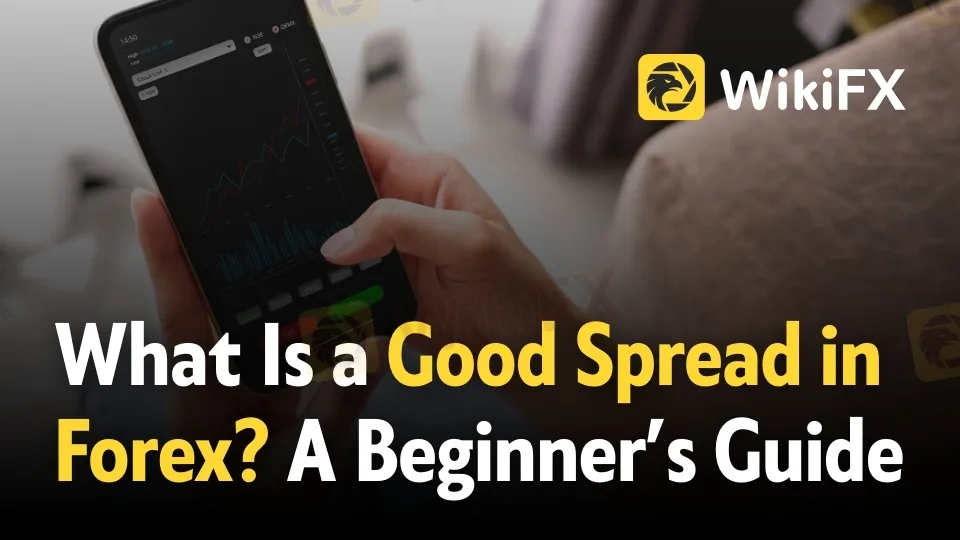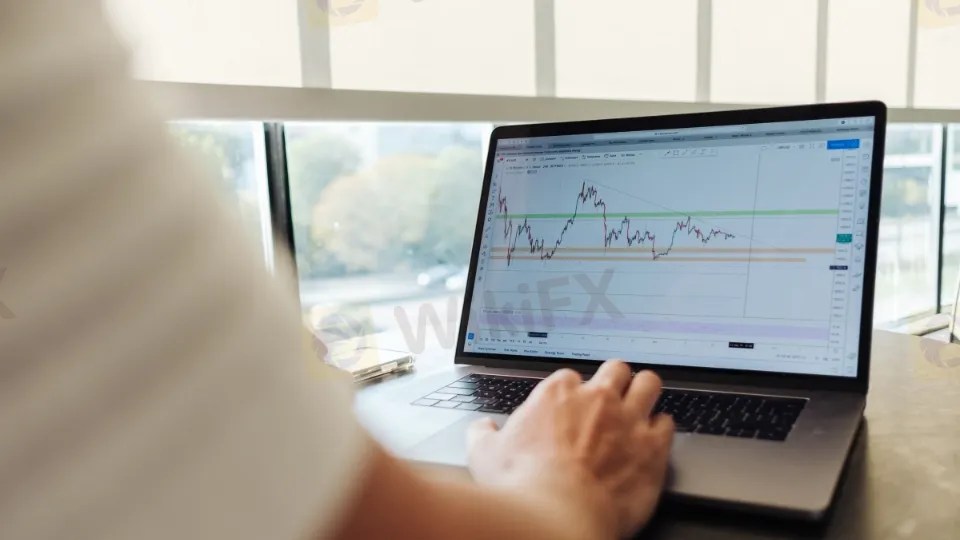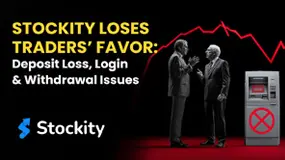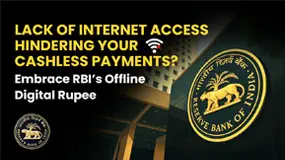简体中文
繁體中文
English
Pусский
日本語
ภาษาไทย
Tiếng Việt
Bahasa Indonesia
Español
हिन्दी
Filippiiniläinen
Français
Deutsch
Português
Türkçe
한국어
العربية
What Is a Good Spread in Forex? A Beginner’s Guide
Abstract:Learn what a good spread in forex is, how it impacts profits, and which brokers offer the best low-spread options for traders.

What Defines a Good Spread in Forex Trading?
In the world of currency markets, the spread represents the gap between the buying price (bid) and the selling price (ask) of a currency pair. For traders, this small difference is not trivial—it is one of the core costs of every transaction. A spread considered “good” in forex typically means no more than a single pip on major pairs when conditions are stable.
Several factors influence spreads: the broker you choose, the type of trading platform in use, and the level of market liquidity. Heavily traded pairs like EUR/USD, GBP/USD, and USD/JPY usually feature the most competitive spreads, while exotic or less liquid pairs often come with significantly higher costs.
Why Spreads Are Crucial for Every Trader
The concept of forex spread explained highlights why it matters so much. Each trade you place begins with a cost equal to the spread. The narrower it is, the sooner you can potentially reach profitability. On the other hand, a larger spread requires stronger price movement before a trade turns positive.
For example, if EUR/USD has just a 0.5-pip spread, the cost is minimal, whereas a 3-pip spread instantly makes the trade more expensive. This can be decisive for scalpers and intraday traders, who might open dozens of positions daily. The broader the spread, the harder it becomes to sustain their edge, underscoring how spreads affect forex profits directly.

Fixed vs. Variable Spread Options
Brokers usually provide two types of spreads:
- Fixed spreads: These remain constant, offering predictable conditions regardless of volatility. They provide certainty but are often priced slightly higher.
- Variable spreads: These fluctuate depending on market depth and volatility. With ECN broker spreads, costs can be very tight—sometimes approaching 0 pips during highly liquid sessions.
The decision between variable vs fixed spread depends on your strategy. Swing traders may value consistency, while day traders usually gain an advantage from flexible, tighter forex trading costs when liquidity is high.
Benchmarking Average Forex Spreads
When conducting an average forex spread comparison, typical ranges include:
- Major currency pairs: 0.1 – 2.0 pips
- Minor crosses: 1.0 – 4.0 pips
- Exotic pairs: 5.0 pips or above
Some low spread forex brokers advertise nearly zero spreads, but traders must remember that many add a commission or hidden forex broker spread fees. This is often referred to as spread markup. The real cost should include both elements—raw spreads and charges combined.
Ways to Minimize Spread Costs
Practical strategies to keep trading expenses low include:
- Enter trades during the most liquid sessions, such as when London and New York overlap.
- Work with brokers known for tight spreads in forex trading.
- Calculate spread cost in forex alongside commissions and the potential effect of slippage.
- Be cautious around major economic events, when spreads can expand sharply.
Conclusion
So, what is a good spread in forex? On major pairs, the most favorable conditions fall in the range of 0 to 1 pip when trading with reputable, top-tier providers. Still, the “best forex spread for beginners” is not just about numbers. Regulation, integrity, and transparency play an equal role in safe and profitable trading. Ultimately, spreads remain a central factor in planning and evaluating any forex strategy.
Reminder: Always verify a brokers negative records on the WikiFX app before investing. Scan the QR code below to download and use the app on your smartphone.

Disclaimer:
The views in this article only represent the author's personal views, and do not constitute investment advice on this platform. This platform does not guarantee the accuracy, completeness and timeliness of the information in the article, and will not be liable for any loss caused by the use of or reliance on the information in the article.
Read more

Stockity Loses Traders’ Favor: Deposit Loss, Login & Withdrawal Issues
Are your profits through the Stockity platform vanishing suspiciously? Does the forex broker allow you to withdraw only your initial deposit? Do you face illegitimate login issues on Stockity? Have you witnessed unexplained fund losses while trading binary options on Stockity? Traders report these unfavorable experiences on online review platforms. These experiences indicate a potential scam from this Marshall Islands-based forex broker. In this article, we have highlighted trader reviews of Stockity. Keep reading!

Trusted Forex Broker Reviews Search Tool
Discover the most trusted forex broker reviews and ratings. Use the WikiFX app to compare and find top brokers safely and confidently.

Lack of Internet Access Hindering Your Cashless Payments? Embrace RBI’s Offline Digital Rupee
The Reserve Bank of India (RBI) has introduced the Offline Digital Rupee (e₹), a groundbreaking initiative that facilitates secure real-time digital payments without mobile or Internet connectivity. It is a move aimed at deepening the country’s digital financial ecosystem. Launched at the Global Fintech Fest 2025, the move adds a significant feather to India’s continual journey toward a cashless and financially inclusive economy.

How to Protect Your Account Security? Three Methods to Reduce Phishing Risks
Stop account takeovers: master phishing detection, enable MFA, and build strong, unique passwords. Simple steps that meaningfully lower risk for forex traders.
WikiFX Broker
Latest News
UAE Launches Sixth 'Caution' Campaign to Combat Forex and Online Investment Fraud
US and UK Sanction Cambodia-Based Prince Group Over $16B Scam
David Stockman On How The Fed's Money Printing Broke American Industry... And What Comes Next
One Wrong Move Wiped Out a Government Retiree’s Lifetime Savings
Forex24 Faces CySEC Fine for Late Compliance Filing
"Our Business Has Died": Texas Services Sector Sentiment Slumps Further In October
OctaFX Forex Brokerage $318 million Fraud Case in India: Authorities Arrest Pavel Prozorov!
How Filipinos Can Recover Funds from Crypto Scams Abroad
Top Tips to Avoid Forex Margin Calls and Protect Your Capital
FCA Daily Alert: Checkout FCA Consumer Warning List
Currency Calculator



